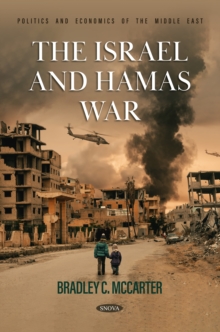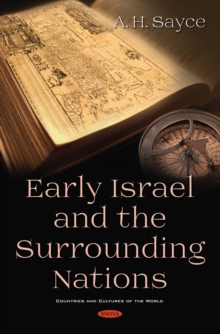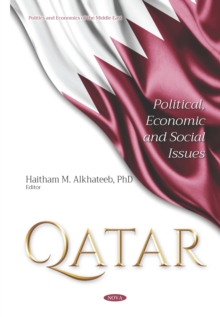
Afghanistan: Terrorist Groups, the Presidential Election and International Relations PDF
Edited by Tim Meier
Part of the Politics and Economics of the Middle East series
Description
Afghanistan's geography, complex ethnic composition, and recent history of conflict and instability have created space for numerous regional armed groups.
Chapter 1 outlines major terrorist groups affiliated and allied with Al Qaeda (AQ) and the Islamic State (IS, also known as ISIS, ISIL, or by the Arabic acronym Da'esh) and the convoluted, often shifting relations between them and various other state and non-state actors.
Chapter 2 examines the phenomenon of insurgent fragmentation within Afghanistan's Taliban and implications for the Afghan peace process.
Chapter 3 reports on eight district-level studies on how the Taliban deliver services in areas of Afghanistan where they have control or dominance.
Chapter 4 is based on firsthand research into the rise of Salafi-jihadism in urban areas of Afghanistan, a phenomenon that has supplied the Kabul cells of the Islamic State Khorasan Province (ISKP) with abundant recruits.
Chapter 5 examines whether displaced persons in Afghanistan are more vulnerable to radicalization and mobilization to violence than groups that have not experienced displacement.
On September 12, 2020, Afghan government and Taliban representatives officially met to begin inaugural direct peace negotiations in Doha, Qatar, a significant moment with potentially dramatic implications for the course of the Afghan conflict as reported in chapter 6.
Chapter 7 analyzes the September 2019 Afghan presidential election, focusing on questions related to access to the elections, the counting and vote invalidation process, and political trends compared to the 2018 parliamentary and 2014 presidential elections.
Chapter 8 explores the dynamics underpinning the India-Pakistan rivalry in Afghanistan.
The interests, fears, and strategies of New Delhi and Islamabad are situated within the context of the Afghan war, developments in Kashmir, terrorism, and proxy violence.
Chapter 9 analyzes the special immigrant visa (SIV) classifications for Iraqis and Afghans within the context of both the larger Immigration and Nationality Act (INA) special immigrant category and selected other permanent admissions categories.
Information
-
Download - Immediately Available
- Format:PDF
- Pages:348 pages
- Publisher:Nova Science Publishers, Inc.
- Publication Date:18/06/2021
- Category:
- ISBN:9781536198850
Information
-
Download - Immediately Available
- Format:PDF
- Pages:348 pages
- Publisher:Nova Science Publishers, Inc.
- Publication Date:18/06/2021
- Category:
- ISBN:9781536198850










